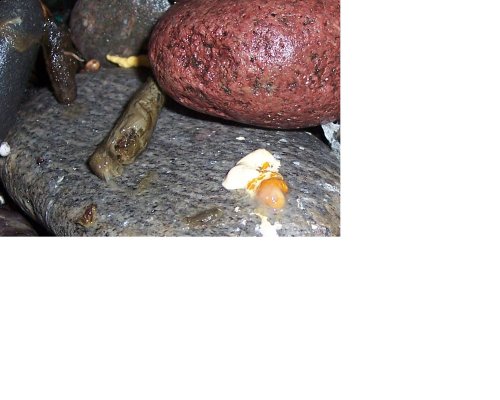shaneandjennifer
New Member
I have a veiled who I believe is just under a year old. He is eating fine, usually 6 superworms a day. I usually mist him twice a day, except on weekends when I am home I mist him three or four times a day for around 5 minutes each time. He always drinks when I mist him. I do not use my dripper because it broke and he never ever drank from it (at least from what I saw). I have attached a picture of his most recent urates, which has quite a bit of orange in it. Previously, his urates were generally pure white, but almost always runny. His poop just happens to be in the same picture as well, which has always seemed to be fine. Is there an issue here? Right after I saw the orange poop I misted him for a like 20 minutes and he drank constantly, maybe a one time thing? I did notice that when I was feeding him a couple of hornworms a day that he would never drink, even when I misted him, and his urates were fine. Let me know if I should do something different. I live in Las Vegas, so the humidity here is usually in the teens, but I have live plants in his enclosure with reptile carpet at the bottom to absorb the water and keep it humid. Don't how humid it is in there, I don't have gauges. Thanks.








